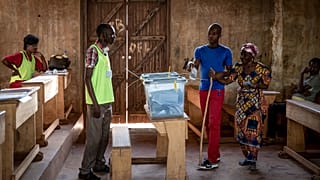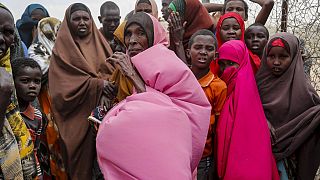Child workers
The world has marked the first rise in child labour in two decades and the coronavirus crisis threatens to push millions more youngsters toward the same fate, the International Labour Organisation (ILO) and UN's children's agency Unicef say in a joint report.
"Almost half of these children, that is 79 million children, are working in hazardous child labour, and that means work that endangers their health, safety or moral development, and sometimes tragically even their life," said Guy Ryder, ILO's director general.
Even more alarming is the increase in the number of children between the ages of five and 17 who are engaged in hazardous work, i.e. work that can have a direct effect on their development, education or health.
Many of these children are invoved in dangerous sectors such as mining or fishing or working more than 43 hours a week, which makes schooling almost impossible.
Sub-Saharan Africa saw the largest increase in the number of working children. They were 16.6 million more at the beginning of last year and in 2016.
The phenomenon hits boys hardest, accounting for 97 million of the total 160 million child laborers at the beginning of 2020.
The vast majority of children (70% or 112 million) are engaged in agricultural work, while 20% are active in the service sector and the remaining 10% in industry.











01:14
CAR deploys armed forces and MINUSCA to secure elections
00:42
UN condemns deadly drone strike on peacekeepers in Sudan’s Kordofan
01:58
Femicide not officially recognised in Kenya despite rising cases
01:24
UN chief calls on Eritrea, Ethiopia to respect border pact on its 25th anniversary
01:00
Central African Republic prepares for critical elections amid persisting instability
01:49
UN sounds alarm on funding cuts for Egypt’s vulnerable